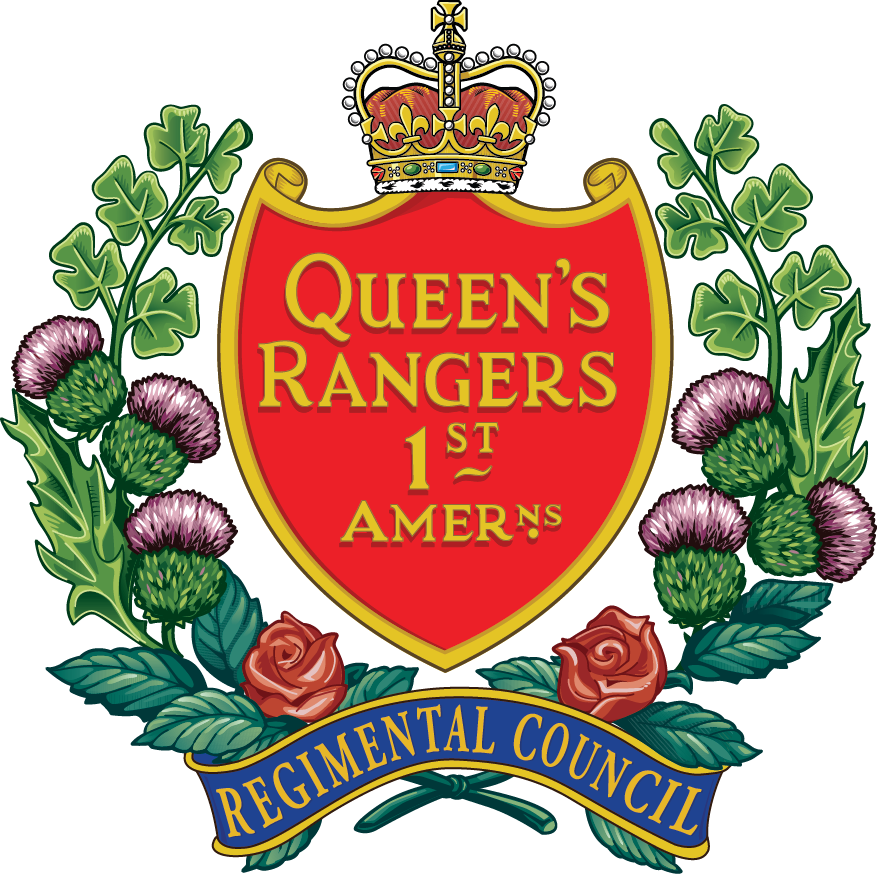From Brandywine Creek to the Modern Battlefield: The Queen’s Rangers and the Legacy of Mobile Warfare
/A Tradition of Mobility
The Queen’s Rangers, founded under John Graves Simcoe during the American Revolutionary War, quickly earned a reputation as one of the most effective Loyalist units in North America. Unlike conventional line infantry, they operatedas light troops trained for speed, mobility, and adaptability. They thrived on reconnaissance, raiding, and skirmishing—missions designed to keep the enemy off balance while providing critical intelligence to British commanders.
Brandywine: A Case Study
The Battle of Brandywine Creek (1777) highlights the Rangers’ value. The Rangers conducted patrols that identified little-known fords and trails across the Brandywine Creek. This reconnaissance allowed General Howe’s army to launch a sweeping flanking maneuver that caught Washington’s forces by surprise. Though relatively small in size, the Rangers’ intelligence gathering shaped the outcome of the battle. This was not an isolated event. In New Jersey raids and later in the Yorktown campaign, the Rangers consistently used rapid movement and skirmishing tactics to disrupt supply lines, screen larger forces, and create uncertainty in enemy ranks.
Learning from Indigenous Allies
Much of the Rangers’ success stemmed from adapting Indigenous methods of warfare. Indigenous allies shared skills in forest movement, ambush, and concealment, which the Rangers blended with European light infantry traditions. The result was a uniquely North American style of combat that prioritized flexibility over rigid formations.
The Modern Parallel: Cavalry and Armour
Today’s armoured and cavalry forces carry forward this philosophy with vastly different tools. Tanks, reconnaissance vehicles, and mechanized infantry units excel not by holding ground, but by moving fast, probing weaknesses, and striking at decisive points. Today’s light armoured calvary units perform roles remarkably similar to those of Simcoe’s Rangers—screening, scouting, and enabling the larger force to achieve surprise and momentum. Where the Rangers once relied on muskets, sabres, and knowledge of terrain, today’s forces employ sensors, drones, and armoured vehicles. The technology has changed, but the doctrine endures.
Lasting Lessons
From the wooded hillsides of Brandywine to the modern battlefield, the Queen’s Rangers’ legacy is clear: mobility and reconnaissance are decisive in warfare. The same principles that guided the Queen’s Rangers now underpin modern armoured doctrine. In both centuries, adaptability, speed, and surprise remain the hallmarks of battlefield success.

